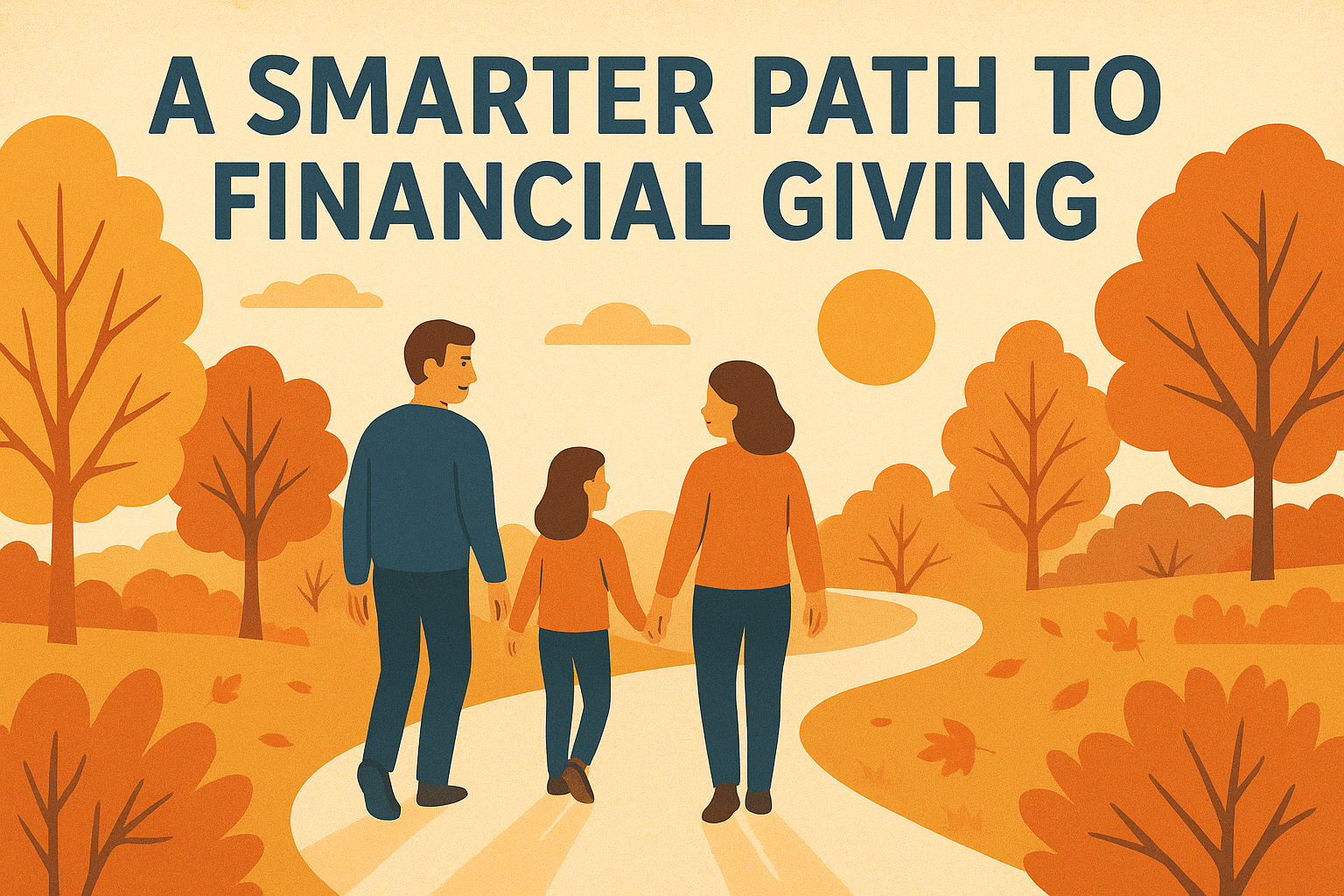A Smarter Path to Financial Giving


As the year winds down, many families start thinking about charitable giving and ways to make their donations go further. One increasingly popular strategy is using a Donor-Advised Fund (DAF), a flexible and tax-efficient way to manage philanthropy while aligning with broader financial goals. A DAF works like a charitable investment account: you make a contribution, receive an immediate tax deduction, and then recommend grants to qualified nonprofits over time. Funds in the account can be invested and grow tax-free, allowing your charitable dollars to have greater long-term impact.
One of the biggest advantages of a DAF lies in what you give. While cash donations are common, contributing appreciated securities such as stocks, ETFs, or mutual funds that have risen in value can be far more tax efficient. By donating these assets directly, you can avoid capital gains taxes on the appreciation while still receiving a deduction for the full market value. For example, if you own $100,000 of stock you purchased for $50,000, selling it would trigger capital gains tax on the $50,000 gain. Donating the shares to a DAF avoids that tax entirely while still generating the full $100,000 deduction.
This approach can be even more effective when paired with a tax loss harvesting strategy, such as direct indexing. By harvesting losses on certain holdings while donating appreciated ones, you can offset gains, reduce taxable income, and fulfill your giving goals in one coordinated move. It’s a strategy that allows you to both lower your tax bill and make a more meaningful charitable impact.
Beyond the tax benefits, DAFs make charitable giving simpler. Instead of juggling multiple donations at year-end, you can make one contribution to your DAF and decide later which charities to support and when. Major custodians such as Schwab offer user-friendly DAF platforms where you can recommend grants online at any time. This convenience makes it easier to stay organized and intentional about your giving throughout the year.
DAFs also provide opportunities for family involvement and legacy building. Many families use them to involve children or grandchildren in charitable decisions, creating shared discussions about values and impact. You can name successor advisors to continue managing grants after your lifetime, turning your DAF into a lasting family tradition of giving.
While DAF contributions are irrevocable and must go to qualified 501(c)(3)organizations, they still offer flexibility for timing and investment growth. For high-income years or after major liquidity events, a DAF can help “bunch” multiple years of charitable deductions into one, maximizing tax benefits while spreading out actual giving over time. This can be especially valuable when planning around income spikes, bonuses, or the sale of a business.
For many families, a DAF takes the complexity out of giving. Once you contribute assets, you no longer need to track receipts from multiple charities or coordinate timing each year. Instead, you can focus on the causes that matter most, knowing your contributions are invested for potential growth and can continue making an impact for years to come.




